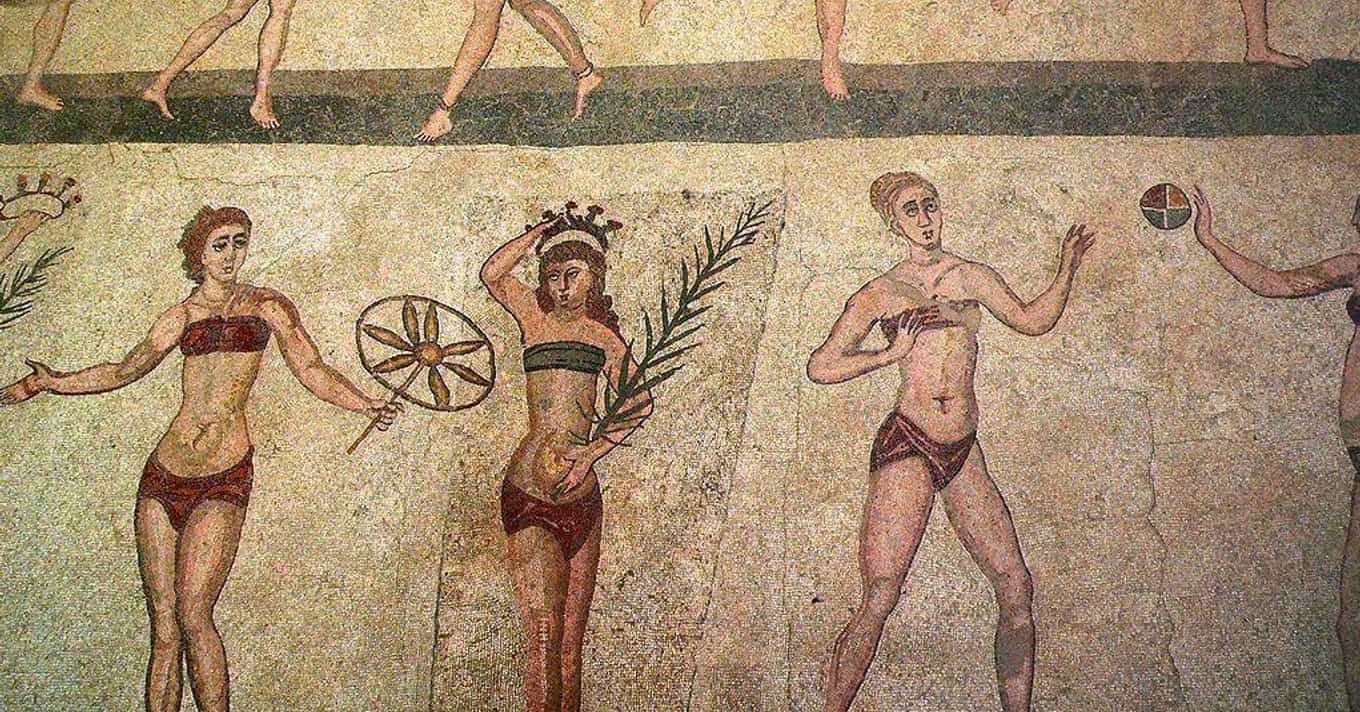The Evolution of Shapewear: Sculpting Fashion Through History

Shapewear, the unsung hero of fashion, has been a silent but transformative force shaping the human silhouette for centuries. From the rigid corsets of the Victorian era to the seamless, breathable fabrics of today, shapewear reflects not just fashion trends but societal ideals of beauty and body image.
The Origins: Ancient Beginnings
Shapewear’s roots stretch back to ancient civilizations. In ancient Greece, women used bands of fabric, known as “apodesmos” or “mastodeton,” to support and shape their bodies. Similarly, in ancient Rome, aristocratic women wore “strophium” to flatten their breasts and emphasize their figures, blending comfort with aesthetics. These early forms of shapewear were practical yet suggestive of the cultural emphasis on symmetry and proportion.
The Middle Ages: Modesty and Structure
By the Middle Ages, body-shaping garments shifted towards emphasizing modesty. The corset began to emerge as a precursor to modern shapewear. Though initially designed for practicality, it soon evolved into a tool to cinch waists and shape torsos, reflecting the era’s ideal of a slender, elongated figure. Corsetry, made from materials like whalebone and iron, became increasingly intricate and rigid, laying the foundation for centuries of waist-cinching trends.
The Renaissance and Baroque Eras: Curves and Decadence
The Renaissance celebrated fuller, more voluptuous figures, a shift from the earlier medieval ideals. Corsets remained popular but were adapted to enhance the bust and create a rounded silhouette. This period saw the advent of padded shapewear, such as farthingales and bum rolls, which exaggerated hips and emphasized hourglass shapes. These designs mirrored the grandeur and excess of Baroque art and culture.
The Victorian Era: The Golden Age of Corsetry
The Victorian era marked the pinnacle of corsetry as a fashion and social statement. Women wore tightly laced corsets to achieve the era’s dramatic hourglass figure, with impossibly narrow waists and accentuated hips. While these garments symbolized elegance and femininity, they also sparked debates about health and mobility. The “tightlacing” trend, which pushed physical limits, became a controversial yet iconic feature of 19th-century fashion.
The Early 20th Century: Liberation and Innovation
The early 1900s brought seismic changes to shapewear, coinciding with shifting societal roles for women. As women demanded more freedom of movement, the corset gave way to girdles and brassieres. Brands like Maidenform and Spirella introduced garments that were less restrictive and more practical. The invention of elastic materials further revolutionized shapewear, allowing for flexibility and comfort while maintaining the desired shape.
The Mid-20th Century: Hollywood Glamour
The golden age of Hollywood ushered in an era where shapewear became synonymous with glamour. Stars like Marilyn Monroe and Rita Hayworth popularized the “wasp waist” and hourglass figure, spurring demand for girdles and padded bras. Latex and nylon became the go-to materials, offering smoother finishes and a more seamless look under clothing. Shapewear was now designed not just for control but also for allure.
The Late 20th Century: Minimalism and Functionality
The late 20th century saw shapewear evolve into more minimalist forms. With the rise of feminism and body positivity, rigid and overly restrictive garments fell out of favor. Brands like Spanx, founded in the late 1990s, redefined shapewear with a focus on comfort, functionality, and inclusivity. These new designs featured lightweight fabrics, seamless construction, and options for a wide range of body types.
The Modern Era: Inclusive and Technological
Today, shapewear is a fusion of cutting-edge technology and inclusive design. Fabrics infused with moisture-wicking properties, antimicrobial fibers, and four-way stretch cater to the demands of modern lifestyles. Shapewear is now celebrated as a tool for confidence, rather than conformity. Brands like Skims and Savage X Fenty promote body positivity, offering diverse sizes and styles to empower wearers of all shapes and genders.
Shapewear as a Cultural Mirror
The history of shapewear is deeply intertwined with the evolution of fashion and cultural ideals. Each era’s shapewear reflects the prevailing beauty standards and the societal roles expected of women. From restrictive corsets to empowering modern designs, shapewear has been both a constraint and a canvas, evolving with our notions of identity, self-expression, and body acceptance.
Shapewear, once hidden beneath layers of fabric, now stands boldly as a fashion statement in its own right. It is no longer just about shaping bodies but about shaping confidence and celebrating individuality—a testament to how far we’ve come and a hint at the endless possibilities ahead.